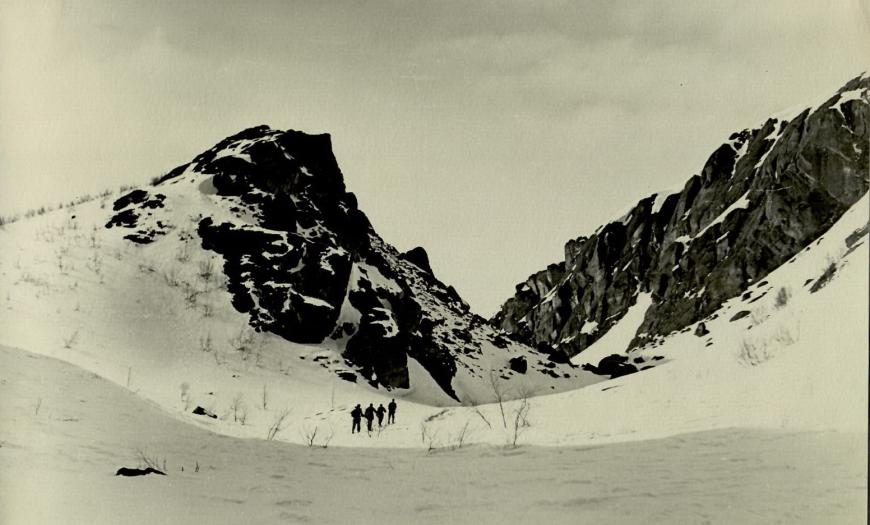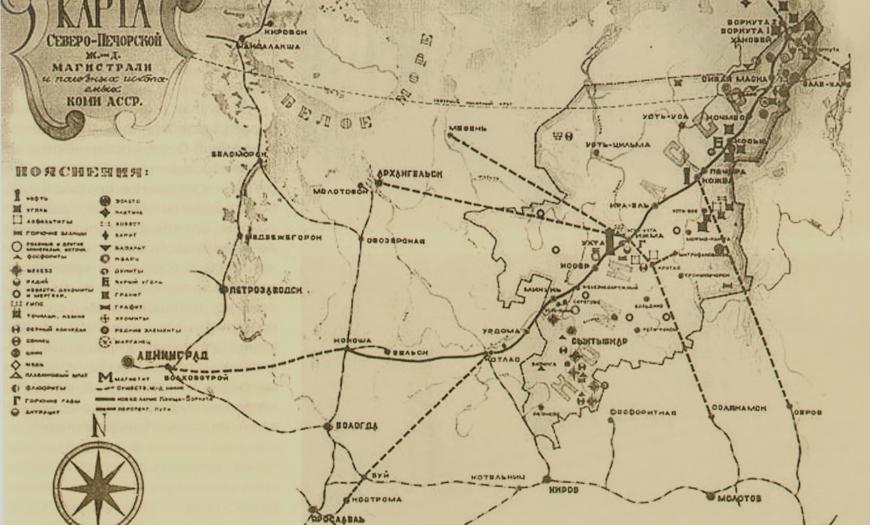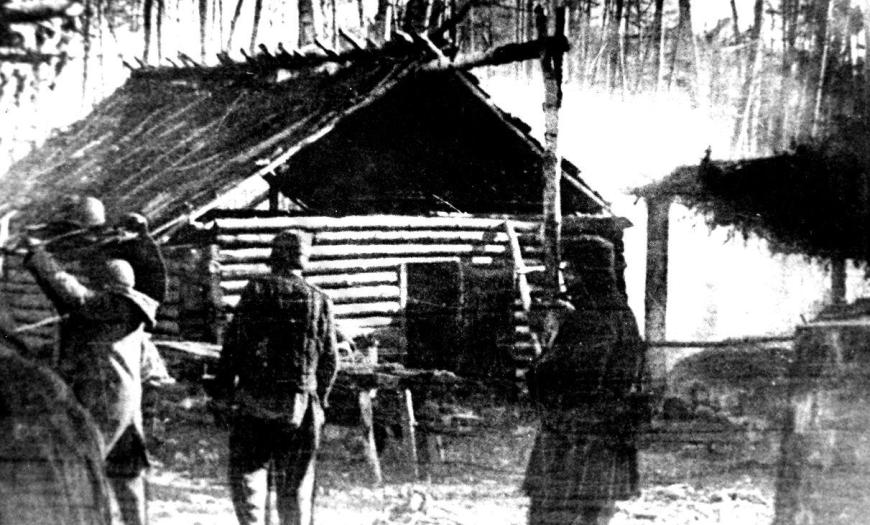The Kotlas - Kozhva - Vorkuta railway line is a part of the North Pechora railway (since 1959 as part of the Northern Railway). The construction of the highway played an important role in supplying the country with fuel from the newly formed Vorkuta coal complex, especially during the occupation of Donbass during the Great Patriotic War. In 1936, Lentransproekt (since 1951 - Lengiprotrans) was instructed to develop a project for the northern section of Kozhva - Vorkuta.
The expedition group from Leningrad to the place of work took 3 months: first by train to Kotlas, then by steamer, boats, boats, then on deer, on foot and on skis. No less difficult were the exploration work carried out in the conditions of the tundra, polar night, prolonged snowstorms, as well as in the absence of roads and settlements.
In 1936-1937, an expedition of the institute carried out preliminary surveys to select the direction of the line. As a result, the position of the entire route of the North Pechora Main Line was clarified: it passed from Vorkuta through Inta and Kotlas towards Konosha and had a total length of 1,546 km. Kotlas opened a second exit to the existing network along the Kotlas - Kirov line. In 1938-1939, final surveys were carried out in the chosen direction and a project was drawn up.
The Kozhva - Vorkuta route was laid in difficult geological and climatic conditions, mainly in winter. Widespread permafrost, boggy and silty soils prevented the construction of embankments. In this regard, special technical provisions for the design of the roadbed were developed. To maintain the natural regime of permafrost, a half-meter moss cover was left under the embankments, the embankments themselves were filled with imported drainage soils, the drainage systems were located farther from the subgrade than is usually customary. However, in order to reduce the volume of off-road delivery of soil from open pits, in some places the use of silty and waterlogged local soils was allowed. Layer-by-layer dumping of such soils was provided exclusively in dry summer time with drying, rolling and preparation of the base. After that, a cushion of drainage soil was installed.
In 1940, the forced construction of the Kotlas - Kozhva - Vorkuta railway began. Working drawings were developed at the construction site. For several years the Lentransproekt expedition worked from the city of Pechora, including during the war period.
On December 28, 1941, temporary train traffic was opened. The first echelon of Pechora coal was sent from Vorkuta to Moscow. In 1947 the line was put into permanent operation.
In 1943, for the construction of the Severo-Pecherskaya railway, the employees of Lentransproekt were awarded: the Order of the Red Banner of Labor - A.V. Konstantinov, Order of the "Red Star" - AV Gonikberg, MP Koganov, Order of the Badge of Honor - Georgievsky AA, Medal "For distinction in labor" - PP Bezrukov, IG Gorsky. , Krutikov G.N.




